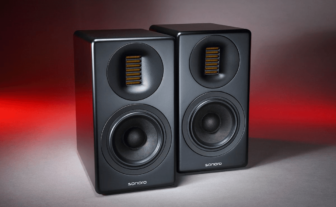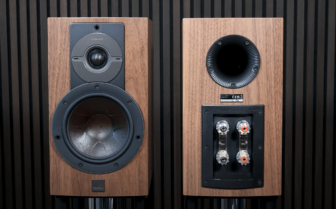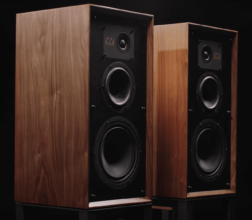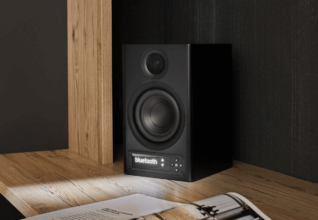Neat Acoustics Petite Classic Review
With the Petite Classic, Neat Acoustics draws on its long history to offer a highly audiophile compact speaker for music lovers with high standards.
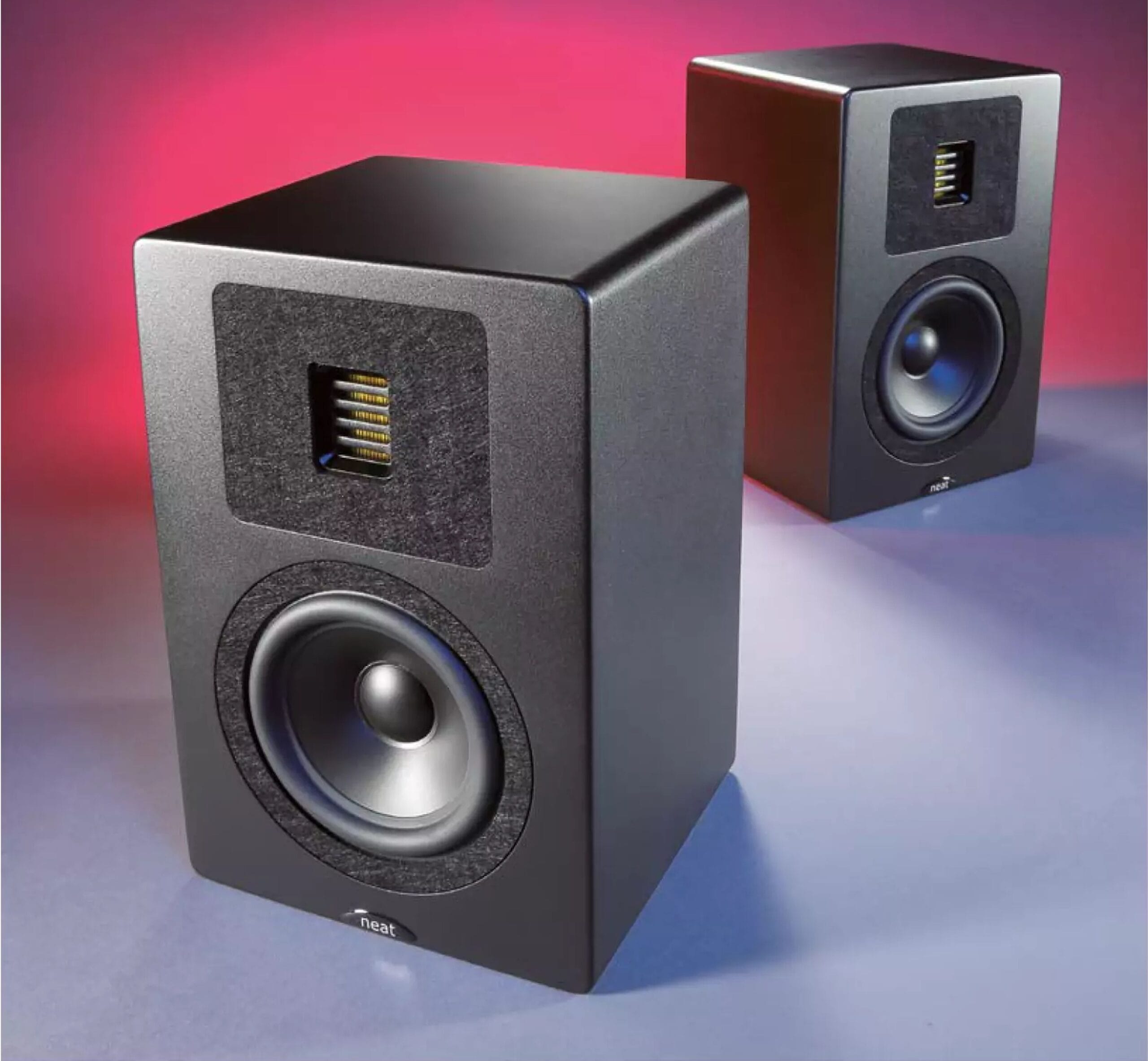
by Tom Frantzen
7Review has already tested several Neat Acoustics speakers, each featuring a compound or isobaric system with a second, internally hidden woofer. This design made small enclosures possible while still delivering impressive bass. Because the Petite is so small, it does not have that bass support. Yet, it is more deeply linked to Neat Acoustics’ heritage and its owner than any other model.
In 1989, Bob Surgeoner—an avid musician who puts musical performance first—founded “North Eastern Audio Traders” (NEAT), initially a HiFi shop. The first in-house speaker came in 1991 with “The Petite.” It went through six development stages before temporarily stopping in 2016. It returned in 2021 as the Petite 30 Anniversary Edition, limited to 100 pairs, and finally reached today’s peak form in 2022 with the Petite Classic.
THIS IS WHAT WE LISTENED WITH
Kate Bush: Hounds Of Love
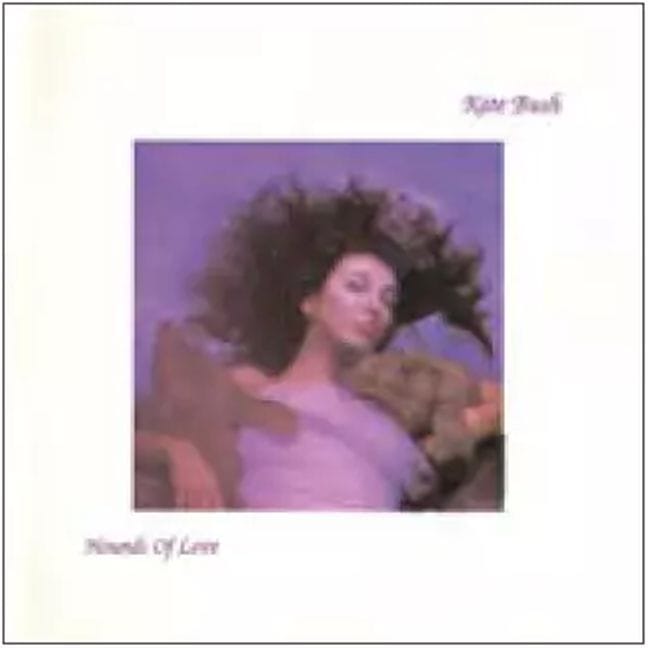
“Running Up That Hill” surprisingly made it back into the charts after 40 years.
Al Jarreau: Jarreau

This outstanding 1983 album by the vocal master includes tracks like “Mornin’” and “Boogie Down.”
TEST DEVICES
Turntable: Universum F2095
CD player: Cayin CD-Mini MkII, T+A MP 2000R
Integrated amplifier: Musical Fidelity A1, Musical Fidelity Nu-Vista 800.2
Speakers: KEF R3 Meta, Musical Fidelity LS3/5A
Cables: Silent Wire, Supra
This speaker’s high frequencies are handled by a fast Air Motion Transformer from Dayton Audio—a folded ribbon with very low mass, minimal distortion, and extremely quick response. It’s a smaller version of the AMT used in the Neat Iota Xplorer, prized by Surgeoner for its natural sound. Because of the Petite’s size, this driver is crossed at a higher frequency. Two rear bass ports allow for fine-tuning based on the room, placement, and personal preference. You can leave the small port open and block the larger one, which Surgeoner considers ideal.
Deep Tones Section
The woofer-midrange driver is listed as 15 cm but effectively measures 13 cm. It features an aluminum die-cast basket, ventilated pole, and an impedance control ring from SB Acoustics. Its fiber-reinforced polymer/mica cone is said to be free of energy storage effects. With its low mass, rigidity, and quick response, it’s perfectly matched to the rapid AMT. It’s used here without any modifications.
Though the speaker cabinet is small, the long-throw, powerful driver is chosen to deliver both an excellent midrange and a strong, fast bass attack.
The carefully tailored crossover for the Petite uses Jantzen polypropylene capacitors and air coils, selected through listening tests, and is kept minimalistic. It’s set at 3,500 Hz, with the woofer filtered at 6 dB/octave (first order) and the AMT at 12 dB/octave (second order). This high crossover aims for a seamless midrange around 300 to 3,000 Hz, while avoiding extra components (“component graveyards”) for higher efficiency, less amplifier load, excellent impulse response, and precise timing.
The cabinet is made of robust MDF: the front baffle is 15 mm thick, and the sides measure 12 mm. Bitumen damping is applied to the sides to reduce resonance. At Neat’s factory in Barnard Castle, in northeastern England, one person assembles each pair of Petites by hand and also handles quality checks. Each speaker is tested within tight tolerances against a reference unit.
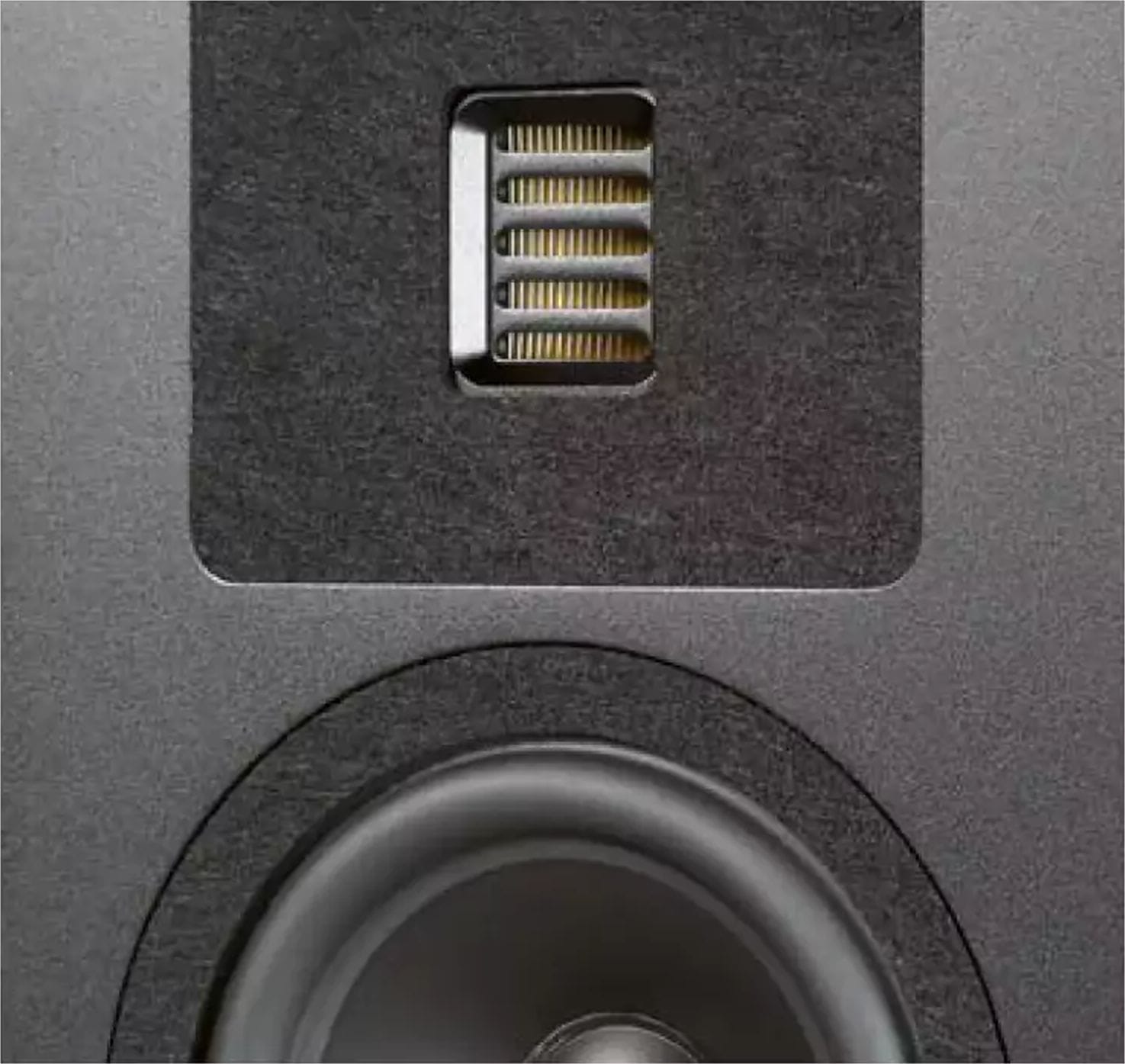
Dayton’s AMT and SB Acoustics’ woofer, carefully matched, work together beautifully.
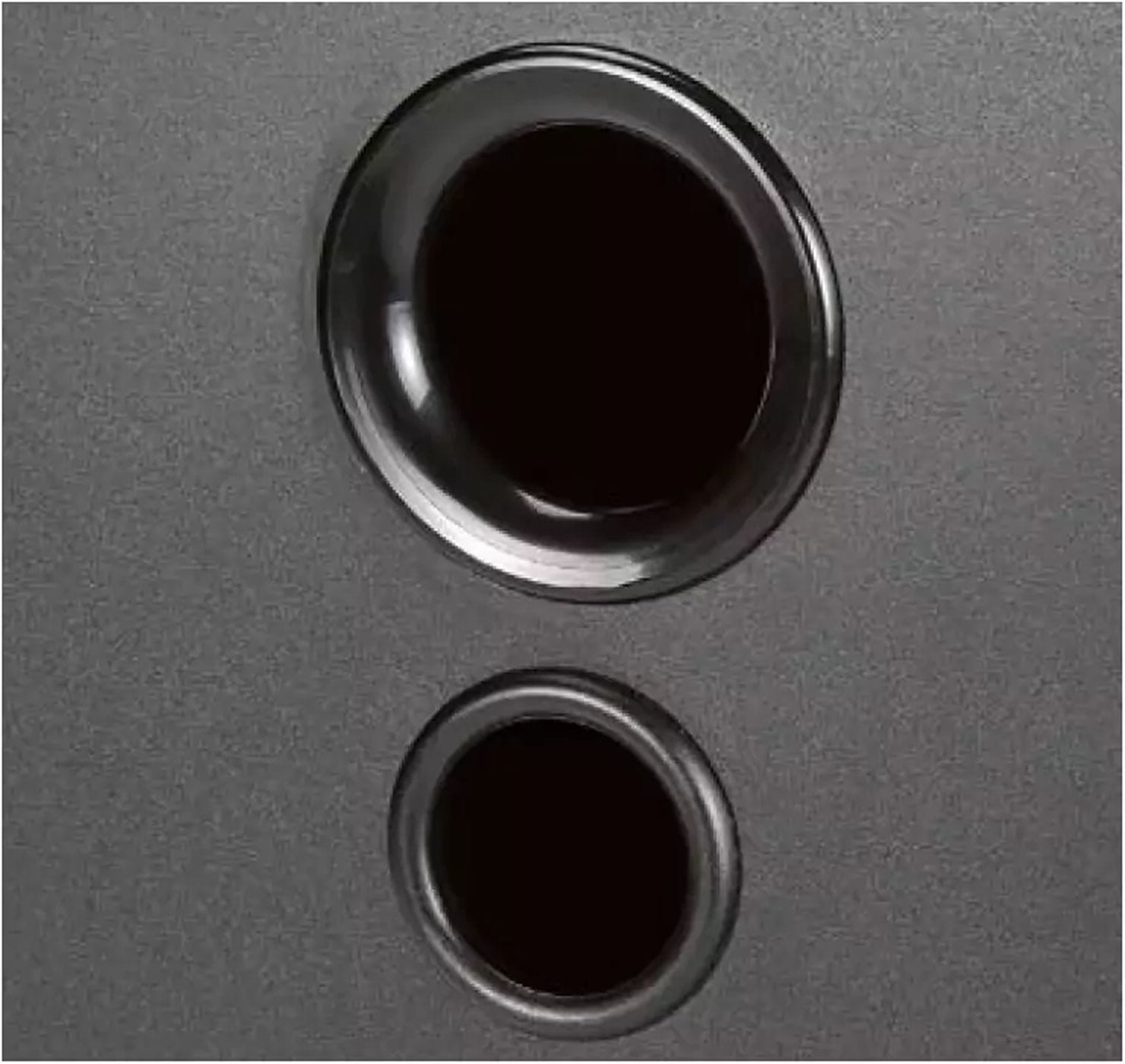
The Petite has two differently sized bass reflex ports to let you “tweak” the sound based on your room and taste.
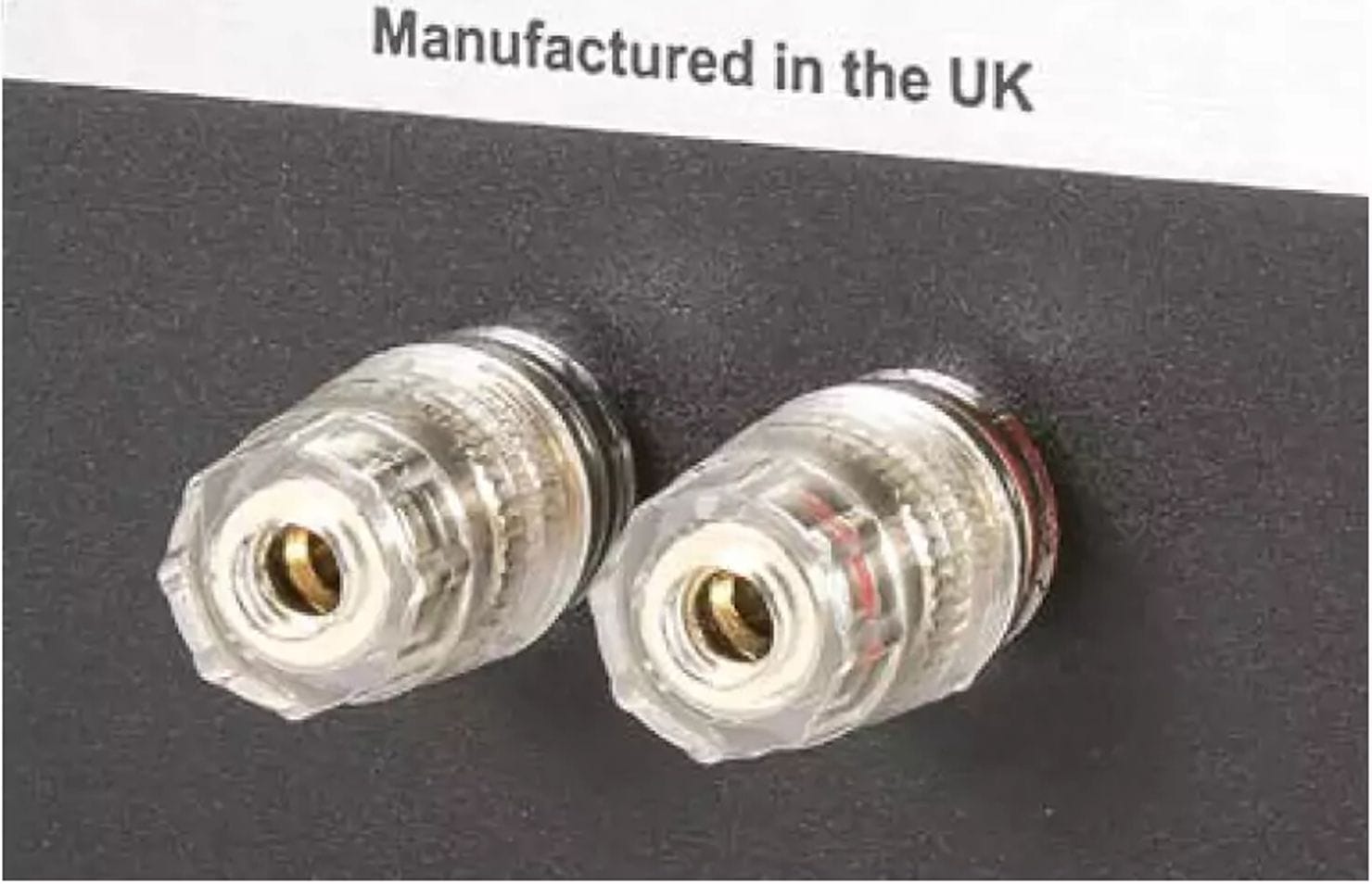
The Petite doesn’t support bi-wiring or bi-amping. Its single-wire terminal is simple yet effective.
Sonically, the Petite stands out with its lightness and clarity. Despite its size, it’s surprisingly assertive in the bass, which is tight and almost rhythmically bouncy. Of course, there are physical limitations, but its power and punch in the lower range are still remarkable, as heard in tracks by Yello or Joe Jackson’s “Steppin’ Out.”
Pure Consistency
The soundstage, timing, and tonal colors are all excellent—the Petite is both fluid and musically precise, while still showing real energy. It avoids any harshness, so it’s easy to enjoy for hours. We do recommend only a slight toe-in. In the midrange, it displays the natural clarity of a monitor, reproducing every subtle detail from Al Jarreau’s or Kate Bush’s voice with precision, yet without sounding clinical. Its energetic bass and finely detailed highs add modern flair and a fun factor, making the Petite an all-rounder. Anyone looking for high-quality sound in a small or medium-sized space may find a long-term companion here, thanks to its coherent musicality, superb balance, and engaging style.
Neat Acoustics Petite Classic Specs
Price: approx. $2,700
Dimensions: 20 x 30 x 21 cm (W x H x D)
Warranty: 5 years
Highly audiophile and suitable for long listening sessions, with a light and high-resolution yet powerful, energetic performance. It has versatile strengths, an excellent natural tonal balance, and plenty of fun factor!
Measurements
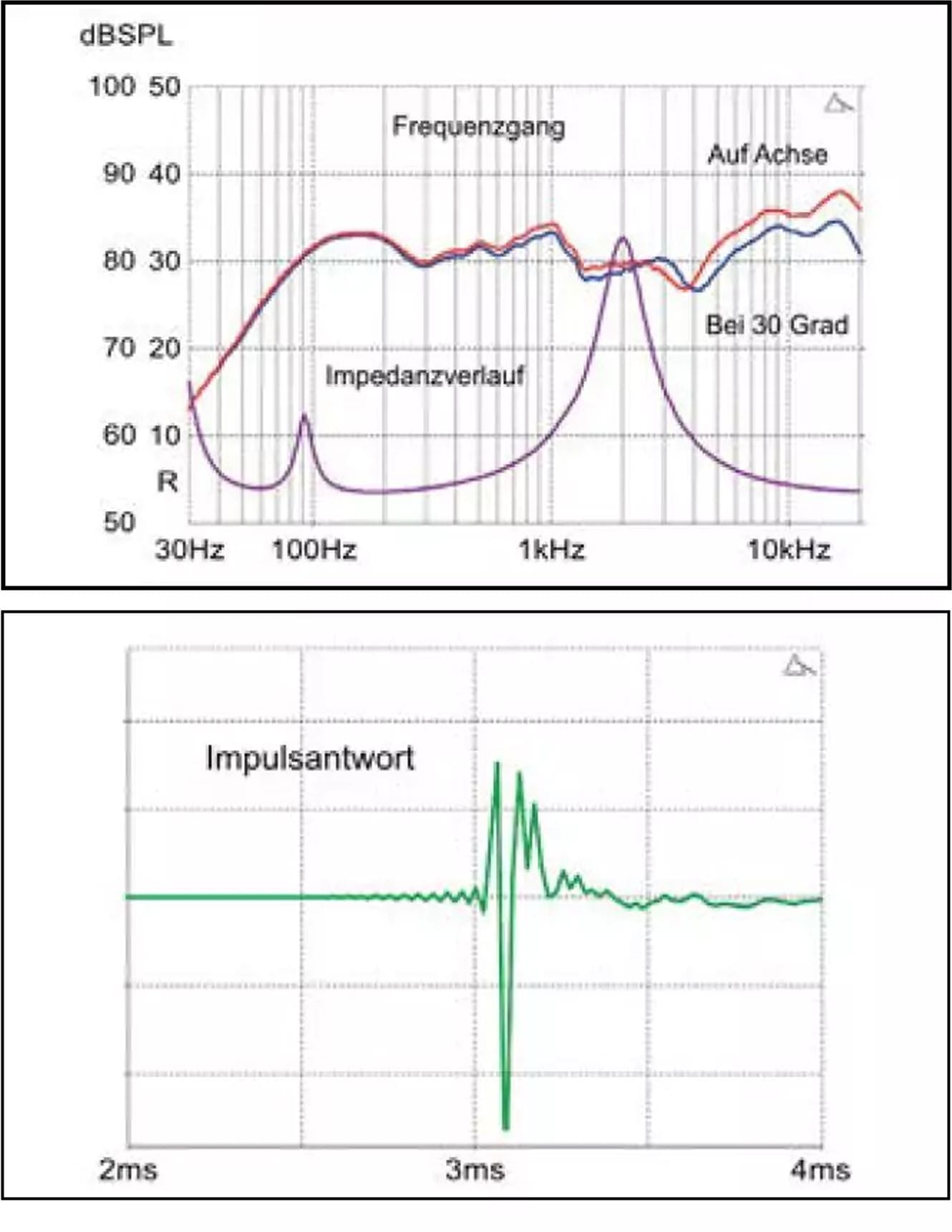
DC Resistance 4 ohms
Minimum Impedance 4.4 ohms at 168 Hz
Maximum Impedance 33 ohms at 1942 Hz
Sensitivity (2.83 V/m) 83 dB SPL
Power for 94 dB SPL 19.08 W
Lower cutoff (-3 dB SPL) 78 Hz
Distortion at 63/3k/10k Hz 1.99/0.08/0.15~%
Lab Comment: Fairly even frequency response, especially with a slight toe-in, friendly—though not ideal for tube amps—impedance curve, average efficiency (83 dB), bass extension below 80 Hz, and good square-wave response.
Features: Two-way bass reflex with Air Motion Transformer tweeter and a fiber-reinforced 13/15 cm polymer woofer, single-wire terminal, two (!) reflex ports
The monitor-like midrange pairs with modern resolution and great bass, delivering plenty of fun!



